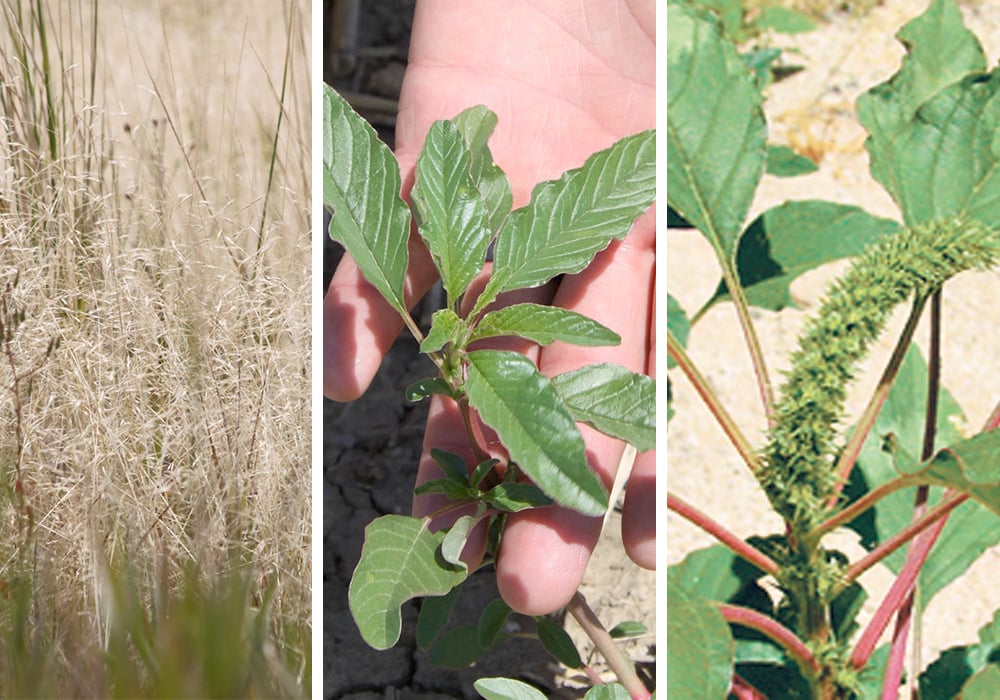Three nasty weeds are knocking on Saskatchewan’s door.
Ventenata (North Africa grass), waterhemp and palmer amaranth are making their presence felt south of the border in North Dakota and Montana, said weed specialist Clark Brenzil of Saskatchewan Agriculture.
“They’re on the doorstep so it’s one of those things that we want to raise awareness with folks about it being close and to be able to keep an eye on,” he said.
“A needle in a haystack can quickly become a pin cushion.”
Read Also

Canola oil transloading facility opens
DP World just opened its new canola oil transload facility at the Port of Vancouver. It can ship one million tonnes of the commodity per year.
Brenzil spoke about invasive weeds in rangeland during a recent webinar series hosted by Prairie Conservation Action Plan.
An update to the prohibited weeds list is being considered because it’s been 10 years since legislation was passed and additional weeds appear to be a threat.
Ventenata, now in the Pacific Northwest and in western and central Montana, is a relatively new species even in the United States.
“It acts very much like downy brome in the sense that it’s a winter annual grass species that germinates in the fall and will overwinter as a rosette and then grow very quickly in the spring,” said Brenzil.
“It goes to flower early in the year and produces seeds very quickly and outcompetes pasture areas, but it could also be a problem in winter crops.
“The challenge with grasses is that they’re not quite as conspicuous as the flowering plants and can kind of sneak up on you just because they’re like any other grass and blend into the background.”
Waterhemp and palmer amaranth are annual pigweed species similar to redroot pigweed, prostrate pigweed and tumble pigweed, which are in the province already.
They originated in the southern U.S., and have adapted to thrive further north.
“They’re in the counties that are directly south of Saskatchewan in those two states (North Dakota and Montana),” Brenzil said.
“The real challenge with these isn’t so much that they would be problematic in and of themselves, but it’s that they come preloaded with high levels of herbicide resistance.
“So, by the time they actually move into Canada, they’re going to come preloaded with things like glyphosate resistance already,” he said.
Like other pigweeds, they germinate when the soil is warm and don’t like a lot of competition, which is why they prefer soybeans, flax and potentially lentils where they can get ahead of the crop through their normal life cycle.
Both species continue to grow and produce seed late in the season.
“If producers see them in September, that’s probably fine, but October they might be moving seeds around if they pull them in and move them any distance,” he said.
“If (a farmer) goes through with a combine, he’s going to be spreading it further, so ideally, they would be pulled out once they’re identified and discarded in an appropriate fashion, whether that be burying them very deep in the soil, or burned.
“But generally, that probably would be under the supervision of a plant health officer or myself,” he said.
“We’re urging producers and agronomists to be on the lookout for those in the field and if they see any of them to make sure that they report them to us, so that we can get on top of them very quickly.”


















